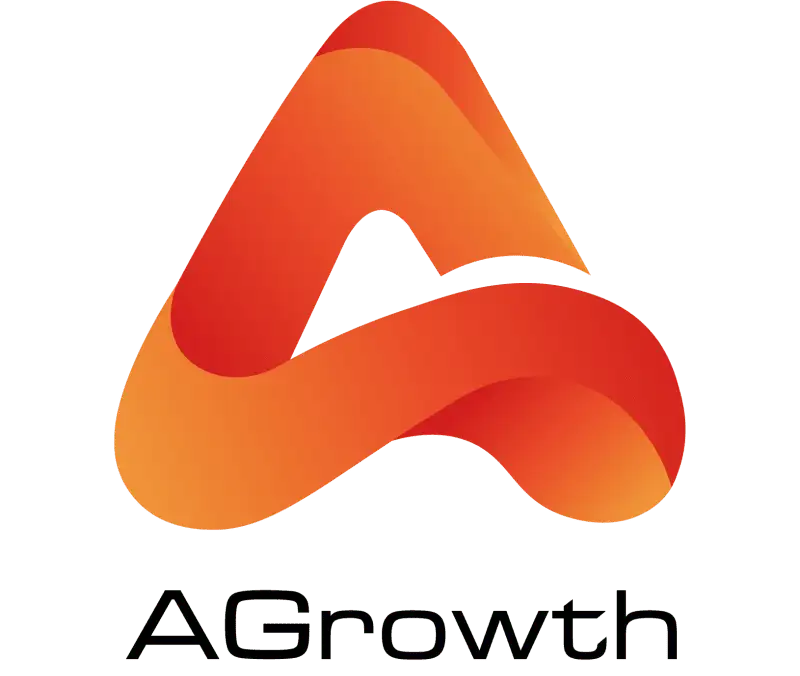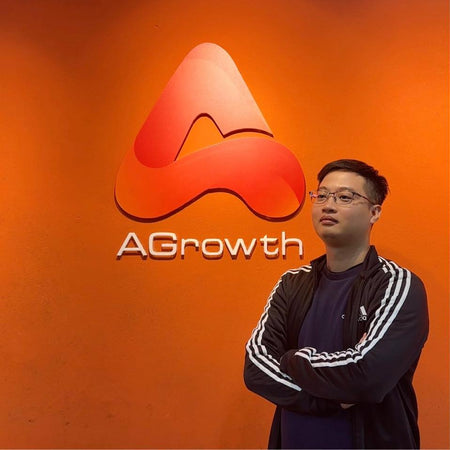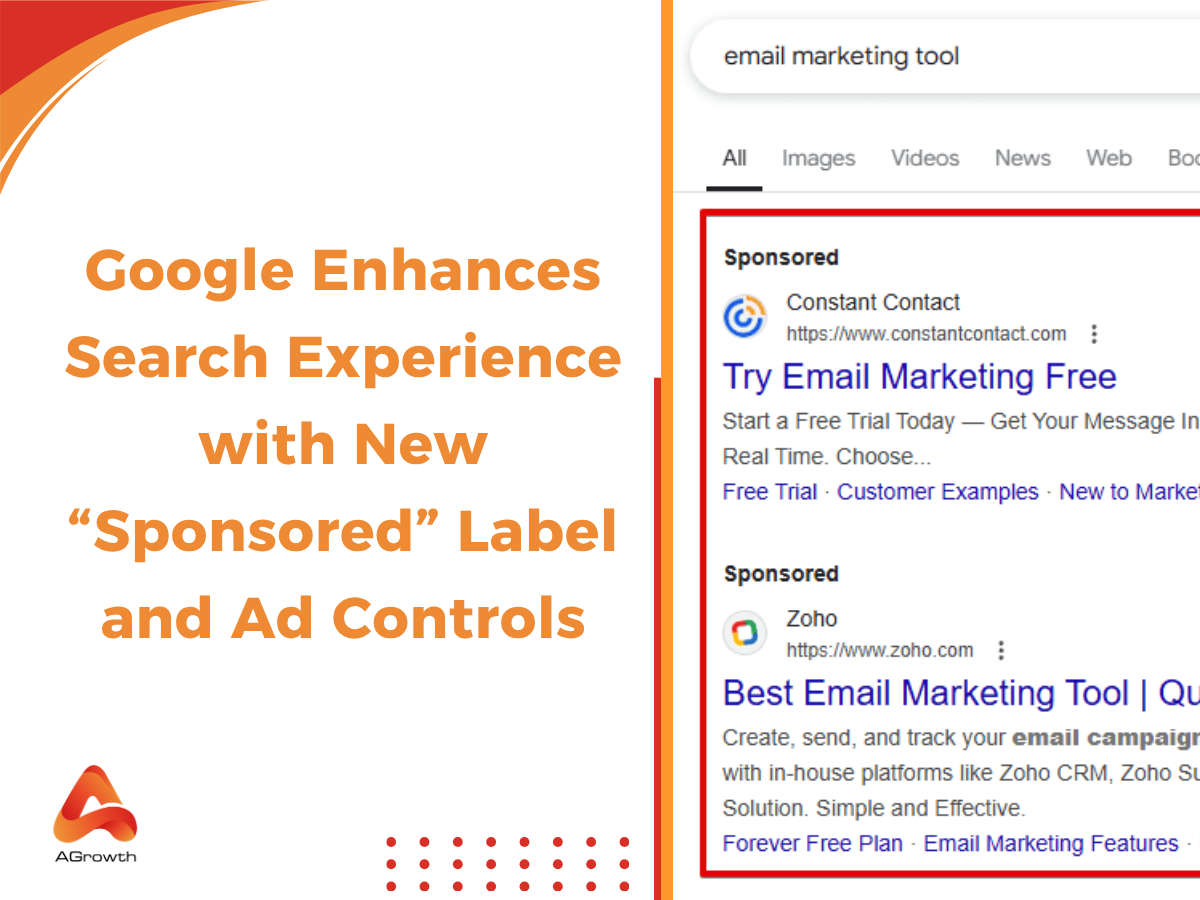
Table of Contents
Google Ads for E-commerce 2025: Advanced Strategies to Maximize ROAS
In today’s hyper-competitive ecommerce landscape, digital advertising is no longer just a lever for growth—it’s the engine that drives it. Among the myriad of paid media platforms, Google Ads stands out as the most powerful and performance-driven tool for e-commerce brands, thanks to its ability to capture high-intent traffic at scale across Search, Shopping, Display, and YouTube.
But unlocking the full potential of Google Ads in 2025 requires more than just campaign activation. It demands a strategic integration of data, automation, creative assets, and funnel architecture—all orchestrated to maximize ROAS while maintaining cost efficiency. For advertisers who already understand the fundamentals, the next phase is mastering the nuances: leveraging Performance Max, optimizing product feeds, refining audience segmentation, and scaling through conversion-driven testing.
In this guide, we’ll unpack the most advanced strategies and proven frameworks to help experienced ecommerce marketers elevate their Google Ads performance, navigate complexity with clarity, and scale sustainably in an algorithm-first ecosystem.
Why Google Ads E-commerce is Crucial for Businesses?
In the e-commerce landscape, where consumer journeys are increasingly fragmented, Google Ads provides a unified platform to capture demand across all stages of the funnel—from discovery to conversion.
Here’s why experienced ecommerce advertisers continue to prioritize Google Ads:
-
Gain Immediate Visibility across Google Search, Shopping results, Display placements, YouTube, and Discover. This omnichannel presence ensures your products stay front-of-mind throughout the purchase journey.
-
Reach High-Intent Audiences by tapping into keyword-level intent on Search, while leveraging in-market segments, custom audiences, and customer match across broader networks. Google Ads aligns product offerings with users actively looking to buy.
-
Scale with Flexibility using campaign types tailored to every funnel stage. Whether it’s Performance Max for full-funnel automation, Shopping for bottom-funnel conversions, or YouTube for brand awareness, Google Ads provides modular growth paths that scale with business maturity.
-
Track ROI with Precision, thanks to robust integrations with GA4, ecommerce platforms (like Shopify and WooCommerce), and enhanced conversion tracking. Smart bidding strategies like Target ROAS allow for performance optimization in real-time.
Ultimately, Google Ads combines massive reach with transactional intent, making it one of the few platforms where e-commerce brands can reliably turn demand into measurable, profitable revenue.
Core Campaign Types for E-commerce Success
Shopping Ads (Standard + Smart)
Shopping Ads are the backbone of many e-commerce strategies. These visual, product-based placements appear above or beside search results, showcasing your product image, title, price, and store name.
Smart Shopping (being replaced by Performance Max) used machine learning to automate bidding and placements. Standard Shopping, on the other hand, allows for more manual control over targeting and bidding.
Tips for success:
-
Optimize product titles with high-converting keywords
-
Use custom labels to segment bestsellers, margins, or clearance products
-
Maintain a clean, updated product feed via Google Merchant Center

Performance Max Campaigns
Performance Max (PMax) campaigns use AI to serve ads across all Google inventory, including Shopping, Search, YouTube, Display, and Discovery. For e-commerce, PMax is a powerful solution for driving conversions at scale.
Key advantages:
-
Automated asset selection and bidding
-
Seamless integration with Merchant Center
-
Strong performance on BOFU (Bottom-of-Funnel) and remarketing of Google Ads
Best practices:
-
Supply high-quality image and video assets
-
Use customer lists and audience signals
-
Regularly review Insights reports to guide creative iterations
Dynamic Search Ads (DSA)
Dynamic Search Ads crawl your site to dynamically match search queries with landing pages. They are highly effective for e-commerce brands with large inventories that are difficult to manage manually.
Benefits:
-
Automatic keyword expansion
-
Increased coverage for long-tail queries
-
Easier scalability for thousands of SKUs
Tips:
-
Exclude irrelevant URLs and categories
-
Pair with a robust negative keyword list

Branded Search Campaigns
Branded campaigns target keywords including your business name or product brand. These campaigns typically yield high CTRs and ROAS due to existing intent.
Why invest in branded search?
-
Protect your brand from competitor conquesting
-
Control messaging and landing pages
-
Improve overall account quality score

Ways to Optimize Your Google Shopping Ads for Ecommerce
Google Shopping Ads serve as a powerful direct-to-product advertising tool, especially for e-commerce brands aiming to drive high-intent traffic and scale product visibility. However, success depends on much more than simply uploading a feed. Below are advanced strategies to fully optimize your Shopping Ads:
Optimize Product Titles with High-Intent Keywords
Product titles play a crucial role in Shopping Ads ranking and CTR. Structure your titles based on how users search:
-
Start with the most important, intent-driven keywords (e.g., “men’s leather boots – Brand X – black – size 42”).
-
Prioritize product type, brand, attributes (color, size, material), and model in a clear, consistent format.
-
Avoid keyword stuffing—focus on clarity and conversion intent rather than repetition.
Optimized titles help Google match your products with relevant queries, improving ad impressions and conversion potential.
Add GTINs, Accurate Categorization, and Pricing Data
Ensuring your product data meets Google’s feed standards is fundamental:
-
Include valid Global Trade Item Numbers (GTINs) for every eligible product to increase visibility and eligibility for enhanced placements.
-
Use precise Google Product Categories (GPC) to assist Google in properly indexing your listings.
-
Ensure pricing and availability in your feed match exactly with your product landing pages to avoid mismatches, disapprovals, or user drop-off.
This alignment enhances quality score, reduces feed errors, and builds trust with both Google and potential buyers.
Use Custom Labels for Strategic Segmentation
Custom labels allow advertisers to group and manage products based on performance or business logic:
-
Common label groupings include: “high-margin,” “seasonal,” “best-sellers,” “on-sale,” “low inventory,” or “new arrivals.”
-
Apply different bidding strategies for each label to allocate budget more efficiently.
-
Combine custom labels with campaign priorities (low/medium/high) for precise control over traffic and spend.
This segmentation allows for granular bid adjustments and smarter campaign architecture.
Ensure Image Quality and Relevancy
Product images are often the first thing a user notices:
-
Use high-resolution images with neutral backgrounds—typically white—free from watermarks, logos, or text overlays.
-
Ensure the product is clearly visible and centered in the frame.
-
Comply with all image format guidelines (JPG, PNG, etc.) and aspect ratios to prevent feed disapprovals.
Well-optimized images increase CTR, improve trust, and often result in higher conversion rates.
Sync Regularly with Your Inventory to Avoid Disapprovals
Avoiding stock mismatches and price inconsistencies is critical:
-
Utilize automated feed uploads or API integrations to synchronize product data daily or in real-time.
-
Make sure your feed reflects live inventory, prices, and variant availability.
-
Monitor the Google Merchant Center for feed errors or disapprovals and address them immediately.
Real-time syncing minimizes wasted ad spend and ensures a better user experience post-click.
Smart Bidding + Campaign Structure Planning
Advanced Shopping campaigns benefit from layered structures:
-
Use separate campaigns for different product categories or performance tiers (e.g., clearance vs high performers).
-
Apply Target ROAS or Maximize Conversion Value smart bidding strategies within segmented ad groups.
-
Combine smart bidding with granular product group splits (via custom labels, product types, or brand filters) for optimal budget allocation.
This approach ensures more efficient bidding aligned with actual business KPIs like margin or inventory velocity.
Ways to Optimize Your Google Search Ads for Ecommerce
Google Search Ads are ideal for capturing high-intent traffic, especially from users ready to convert. Here's how to fine-tune your Search Ads for better e-commerce performance:
Use SKAGs or Keyword Themes Based on Product Types
Precision in ad group structure drives higher Quality Scores and ad relevance:
-
SKAGs (Single Keyword Ad Groups) are useful when targeting a narrow product set, allowing highly tailored ad copy and exact match bidding.
-
For large catalogs, STAGs (Single Theme Ad Groups) offer a scalable way to organize similar product types under shared themes (e.g., “men’s footwear,” “laptop accessories”).
Choose the structure that aligns best with your product volume and desired level of control.
Implement RLSA for Returning Visitors
Remarketing Lists for Search Ads (RLSA) help recapture users who didn’t convert the first time:
-
Create audience segments like past purchasers, cart abandoners, or product viewers.
-
Customize ad messaging or bids for each segment. For instance, show a 10% discount to users who previously viewed a product but didn’t purchase.
-
Combine RLSA with high-intent keywords to improve ROAS.
This tactic improves conversion rates while reducing acquisition costs.
Create Ad Copy Variations Focused on Urgency, Shipping, Trust
Ad copy should be designed to convert, not just inform:
-
Include trust signals like “Free Shipping,” “Easy Returns,” “Secure Checkout,” or “4.9-Star Rated”.
-
Use urgency and FOMO triggers: “Ends Tonight,” “Limited Stock,” “New Arrival”.
-
Tailor your copy to search intent. A user searching “buy red running shoes” expects different messaging than someone searching “best running shoes for women.”
A/B test copy variants to identify what drives the highest CTR and CVR.
Match Landing Pages to Search Intent (Category, Product, or Offer Page)
Relevance doesn’t end at the ad—it extends to where the user lands:
-
For general category searches (e.g., “leather backpacks”), link to a filtered collection page.
-
For branded or specific queries (e.g., “Herschel Little America Backpack”), link to the product detail page (PDP).
-
For promotional keywords (e.g., “backpack sale”), direct users to a promo landing page with relevant deals.
Better landing page alignment boosts both conversion rate and Google’s Quality Score.
Utilize Ad Extensions (Price, Promotion, Sitelinks)
Enhance ad real estate and CTR with multiple extension types:
-
Sitelinks: Direct users to “Best Sellers,” “Gift Guides,” “New Arrivals,” or “Bundle Deals.”
-
Price Extensions: Highlight specific products with pricing, increasing purchase intent.
-
Promotion Extensions: Advertise current discounts, flash sales, or coupon codes.
-
Callout Extensions: Reinforce value props like “Free Returns” or “24/7 Customer Support.
Extensions not only increase CTR but also provide users more context before clicking—filtering out low-intent traffic.
Conversion Tracking & Measurement Setup
Precise conversion tracking is at the heart of scalable Google Ads ecommerce campaigns. Without accurate data, optimization is guesswork. Implementing a robust measurement framework ensures you can attribute every dollar spent to real outcomes like sales, ROAS, and LTV.
Google Ads Conversion Tracking
Leverage Google Ads’ native conversion tracking to capture direct user actions tied to your campaigns. This includes standard and enhanced ecommerce metrics:
-
Standard conversions: Purchases, sign-ups, cart additions.
-
Enhanced conversions: Uses hashed first-party customer data (email, phone) to improve cross-device and cookieless tracking accuracy.
-
Cross-domain tracking: Vital for e-commerce brands using third-party checkout platforms.
Platform integrations streamline implementation:
-
Shopify: Use the Google Channel app to auto-install conversion tags.
-
WooCommerce: Plugin support for native event tracking + enhanced conversions.
-
Magento/BigCommerce: Custom or tag manager-based setups enable granular ecommerce event firing.
Pro tip: Enable phone call conversions and form interactions for omnichannel ecommerce businesses.
Google Analytics 4 (GA4)
GA4 complements Google Ads tracking with deeper behavioral insights using an event-driven data model.
Key ecommerce events to track:
-
view_item: Product detail page views
-
add_to_cart: Add-to-cart actions
-
begin_checkout: Initiation of checkout flow
-
purchase: Final transaction completion
Benefits of GA4 for ecommerce:
-
Path analysis: Identify which products are viewed before purchase.
-
Funnel exploration: Detect drop-offs in cart or checkout flows.
-
Attribution modeling: Analyze multi-touch journeys across channels, including paid + organic.
Integrate GA4 with Google Ads for audience sharing and smarter bidding based on on-site behavior signals.
ROAS & Performance Monitoring
To scale profitably, you must go beyond basic metrics and adopt a performance-driven measurement framework that aligns with your ecommerce KPIs.
1. Smart Bidding with Target ROAS
-
Use historical data to inform Target ROAS thresholds.
-
Segment campaigns by product margin: allocate higher ROAS targets for low-margin SKUs.
-
Layer with custom audience signals (e.g. high-LTV customers).
2. Monitor Impression Share vs ROAS
-
High impression share with low ROAS? You’re likely overbidding.
-
Low impression share with high ROAS? You’re underinvesting—scale up budget strategically.
3. Segmentation for Diagnostic Insight
Break down campaign performance using:
-
Device: Mobile vs desktop ROAS gaps.
-
Geo-location: Tailor bids based on high-value cities or regions.
-
Demographics: Refine targeting by age, gender, household income.
4. Attribution & LTV Modeling
-
Use GA4’s data-driven attribution to understand long-term customer value across campaigns.
-
Integrate with CRM or backend to connect Google Ads cost → revenue → LTV.
Unlock Smarter Tracking & Scalable Performance with AGrowth
At AGrowth, we don’t just help you run ads—we empower your ecommerce brand with verified, high-trust Google Ads agency accounts designed for long-term stability and advanced optimization.
By renting a Google Ads agency account through AGrowth, you get:
-
Fully verified business accounts that meet Google’s ad policy standards
-
Higher daily spend limits are ideal for scaling ecommerce campaigns fast
-
Reduced risk of account bans or ad disapprovals, even in sensitive niches
-
Pre-approved tracking integrations with GA4, Shopify, and more
-
Dedicated onboarding support to ensure your conversion tracking setup is seamless and compliant
-
Transparent pricing starts at 3% of top-up for the white and grey hat campaigns and 5% for black hat campaigns.
Whether you're using Performance Max, Shopping Ads, or Dynamic Search Ads, pairing your campaigns with a reliable agency account allows you to unlock smart bidding features, optimize against ROAS, and scale efficiently—without fear of disruption.









Your comment